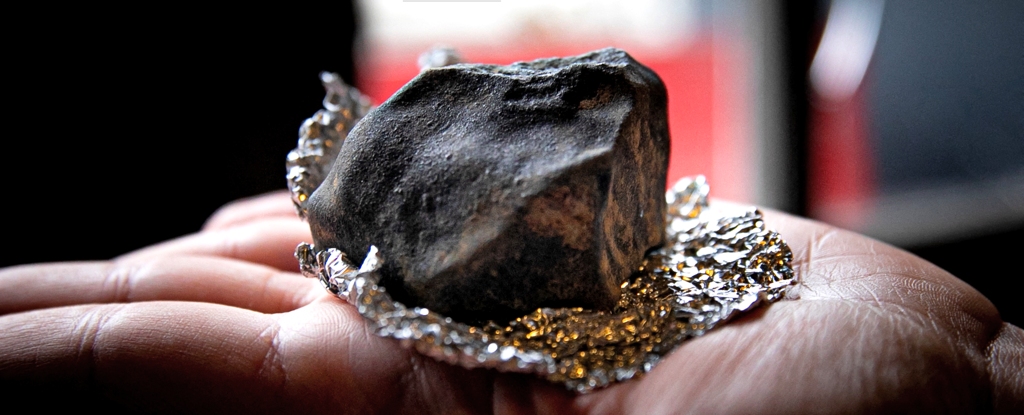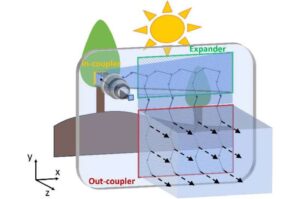
Scientists have uncovered the trajectory and disintegration process of asteroid 2023 CX1, which entered Earth’s atmosphere and scattered fragments over northwestern France. The asteroid, measuring less than a metre wide and weighing approximately 650 kilos (over 1,400 pounds), illuminated the sky as it broke apart around 16:00 local time (14:00 GMT) on February 13, 2023.
The discovery was made possible through collaboration between professional scientists and amateur astronomers. A Hungarian astronomer detected the asteroid roughly 200,000 kilometres (about 125,000 miles) from Earth just seven hours before it disintegrated. Utilizing advanced tracking techniques, researchers from NASA and the European Space Agency were able to predict the asteroid’s descent with remarkable accuracy.
Collaboration Enhances Observations
Astronomers from the FRIPON/Vigie-Ciel network, which was established to monitor meteorite falls, played a crucial role in documenting the event. “We received dozens of photos and videos of the asteroid’s seconds-long journey through the atmosphere,” said Brigitte Zanda, a meteorite specialist at the National Museum of Natural History. The collaboration extended to the public, with scientists analyzing images shared on social media, resulting in observations of “unmatched precision.”
One particularly useful video captured the asteroid fragmenting, allowing scientists to study how many pieces were created during the disintegration. Zanda noted the “brutal” nature of the breakup, which occurred in two stages around 28 kilometres above the Earth’s surface. During this process, the asteroid lost approximately 98 percent of its mass and released significant energy.
Significance of Findings
The first recovered meteorite weighed 93 grams (3.3 ounces) and was found two days later in the commune of Saint-Pierre-le-Viger, aided by local residents. In total, around a dozen meteorites were collected and contributed to the museum’s growing collection. This research culminated in a study published in Nature Astronomy, where scientists revealed that only eleven asteroids have been detected before impact, with meteorites successfully recovered from just four.
According to the study, asteroid 2023 CX1 likely separated from a larger body in the Massalia asteroid family, located in the asteroid belt between Mars and Jupiter. Zanda explained that the violent fragmentation observed was unique and could inform future studies on similar events.
While none of the meteorites caused any damage upon landing, simulations indicated that rapid fragmentation could pose a greater risk than gradual disintegration. For comparison, in 2013, a larger asteroid exploded over the Russian city of Chelyabinsk, creating a series of fragments that released energy and shattered windows, injuring over 1,000 people.
The findings from asteroid 2023 CX1 not only enhance our understanding of such cosmic events but also underscore the importance of collaboration in scientific discovery.






